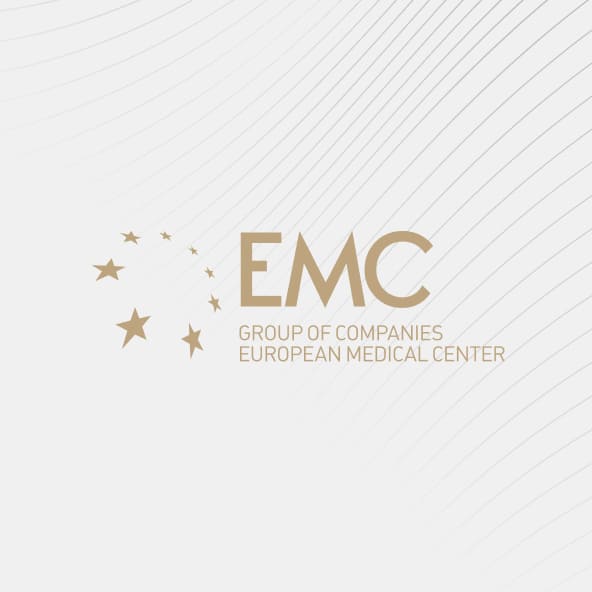Biofeedback Therapy (BOS)
Neurotherapy is a method of direct training of brain activity that helps the brain find the most effective ways to work. Another name for such therapy is EEG-BOS, or biofeedback based on electroencephalogram parameters.
During a session of neurotherapy (BOS therapy), a specialist continuously monitors the work of the child's brain and creates conditions that contribute to a change in brain activity towards more favorable conditions. This approach provides a gradual training of self-regulation systems and can be used in relation to almost any indicator of brain function that can be recorded using sensors.
At the EMC clinic, we offer children unusual computer games that they can play only with the help of their brain rhythms (and everyone really can!).
BOS therapy is a scientifically proven effective means of helping with insufficient regulatory capabilities of the brain.
Children have these problems:
- attention disorders,
- anxiety and depressive disorders,
- behavioral disorders,
- tiki and stuttering,
- headaches,
- sleep disorders, emotional disorders and others.
Today, more and more specialists around the world are choosing the method of neurotherapy as a safe alternative to drug treatment. In 2012, the American Academy of Pediatrics recognized BOS therapy as the most effective method for the treatment of Attention deficit hyperactivity disorder in children.
Using special sensors that are mounted on the surface of the patient's head, the doctor registers the bioelectric activity of the brain. The computer processes this signal and receives information about the key components of brain activity, the so-called brain rhythms (theta, alpha, beta, and others). To correct the child's psychophysiological state, some of them need to be strengthened, while others need to be weakened. To do this, in a computer game played by a child, the character's behavior (for example, the speed of an airplane) changes in real time, depending on how pronounced the reinforced and suppressed rhythms of the brain are. With this approach, the child's play motivation and excitement serve as a key factor that forces the brain to change the nature of its work towards more stable and functional states. Depending on the patient's problems and individual characteristics, the pediatric neuropsychologist determines the areas of the brain that will be targeted by the work and the neurotherapy program, with the child himself being the main actor in the therapeutic process.
Despite the fact that BOS therapy requires quite complex equipment and technology, its essence is very simple.: this is training. The brain learns new ways of working by using feedback signals. This learning process is very similar to the game of hot and cold: if we regularly inform the child how close he is to the goal, sooner or later, through trial and error, he will find the hidden treasure.
Our brain can change and "remember" the nature of its activity due to neuroplasticity, the ability to change brain activity under the influence of experience. The human brain retains this ability throughout life, but in childhood the plasticity of the brain is maximal. The method of neurotherapy uses the plasticity of the brain to achieve balanced, well-regulated brain activity, which ensures high efficiency of memorizing information and mastering skills, managing attention and concentration, quickly overcoming stress reactions, and controlling one's psychoemotional state.
At the EMC clinic, BOS therapy sessions with children are conducted in courses of 20-35 classes in 2-3 sessions per week. For various conditions, BOS therapy can be used as the only treatment method, but it can also be prescribed in a complex of therapeutic measures along with psychopharmacotherapy, behavioral neuropsychological correction, speech therapy, and psychotherapy.
Experience shows that when working with children, the BOS therapy method often turns out to be the most appropriate means of assistance, since the long-term effect of therapy is achieved through learning, which is precisely the process that is the main and most natural task for the developing brain.
Get help
Specify your contacts and we will contact you to clarify the details.
Doctors
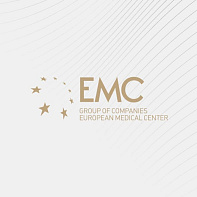
Pavel Chernyshev
Pediatrician, emergency care
-
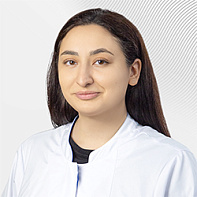
Lyusine Movsesyan
-
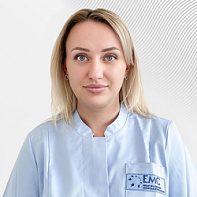
Aleksandra Kuskova
-
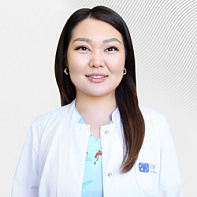
Bairta Dorzhieva
-
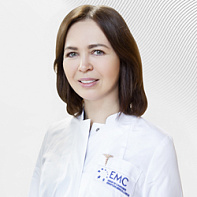
Svetlana Grigoreva
Pediatrician at the Children's hospital
-
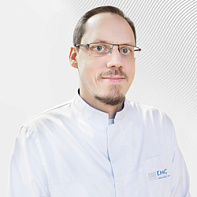
Artyem Lyagin
-
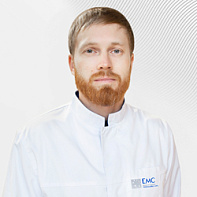
Igor Kovalyunas
-
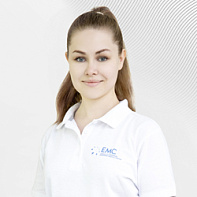
Anastasiya Medikova
-
.jpg)
Yanar Eda
-
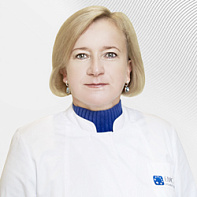
Vasilevskaya Irina
Pediatric cardiologist, polyclinic, Ph.D. of Medical Sciences
-
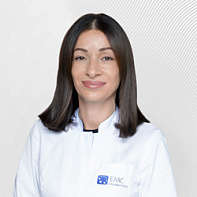
Tsitlidze Nana
Ph.D. of Medical Sciences
-
.jpg)
Pritchina Natalya
Pediatrician, polyclinic
-
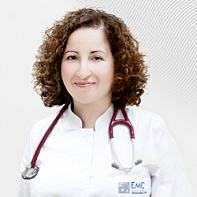
Samsonovich Inna
Pediatrician, polyclinic and emergency care, Doctor of the highest category
-
.jpg)
Istomina-Luiza
Doctor-clinical psychologist, hospital
-
.jpg)
Fayko Alexandra
-
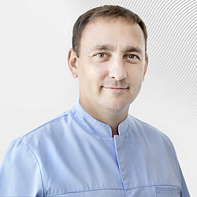
Lahai Yakim
-
.jpg)
Popova Irina
Polyclinic and hospital, Ph.D. of Medical Sciences, Doctor of the highest category
-
.jpg)
Muradov Sayyad
Pediatrician, emergency care, Ph.D. of Medical Sciences
-
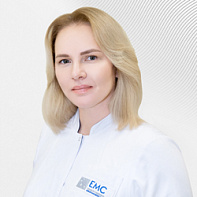
Kenchadze Yulia
-
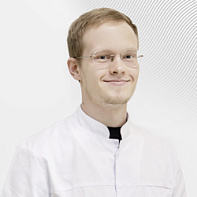
Panov Georgiy
-
Pavel Chernyshev
Pediatrician, emergency care
- A specialist in pediatrics, with a warm and caring approach to every child
- Has extensive experience working with children of any age and various pathologies according to the medical standards of Western countries and Russia, accumulated over the years of working in various medical institutions
- He completed his residency at the Filatov Children's City Clinical Hospital No. 13 and the Russian Children's Clinical Hospital, a branch of the Pirogov Russian National Research Medical University of the Ministry of Health of the Russian Federation
Total experience
9 years
Experience in EMC
since 2025
